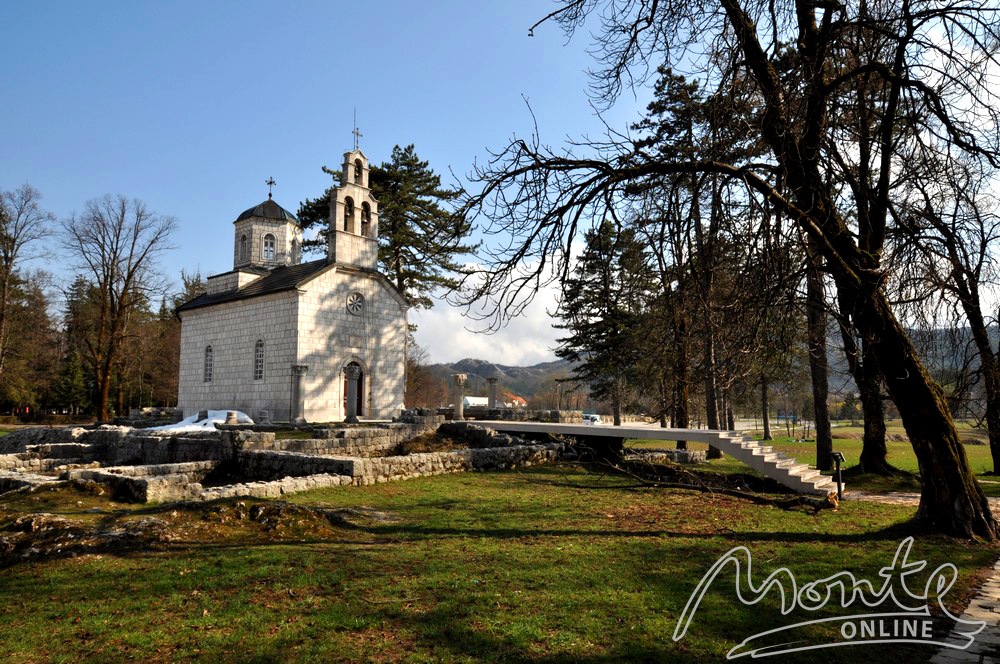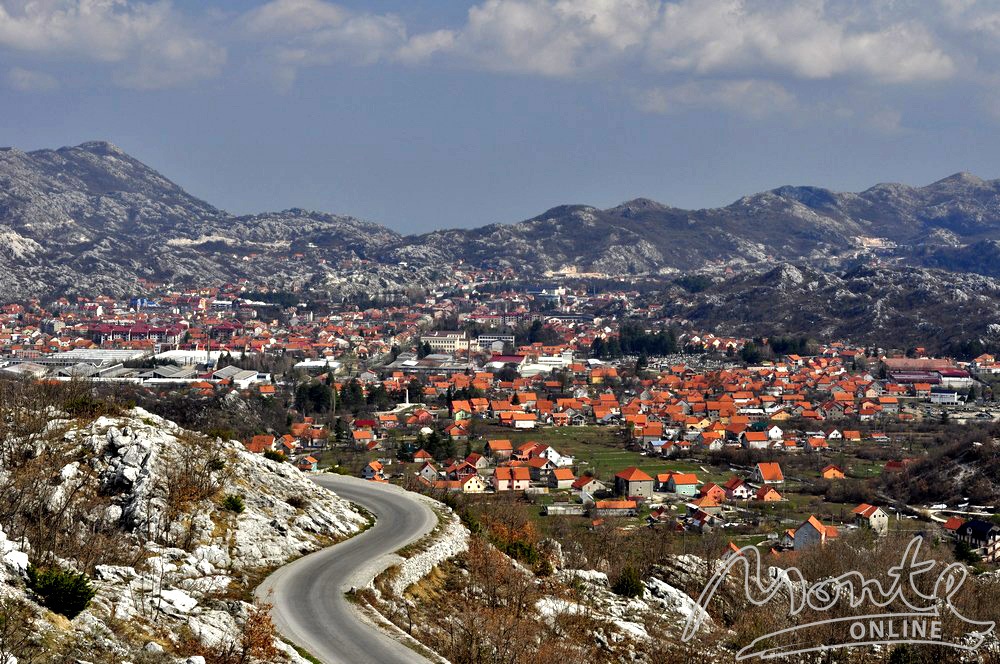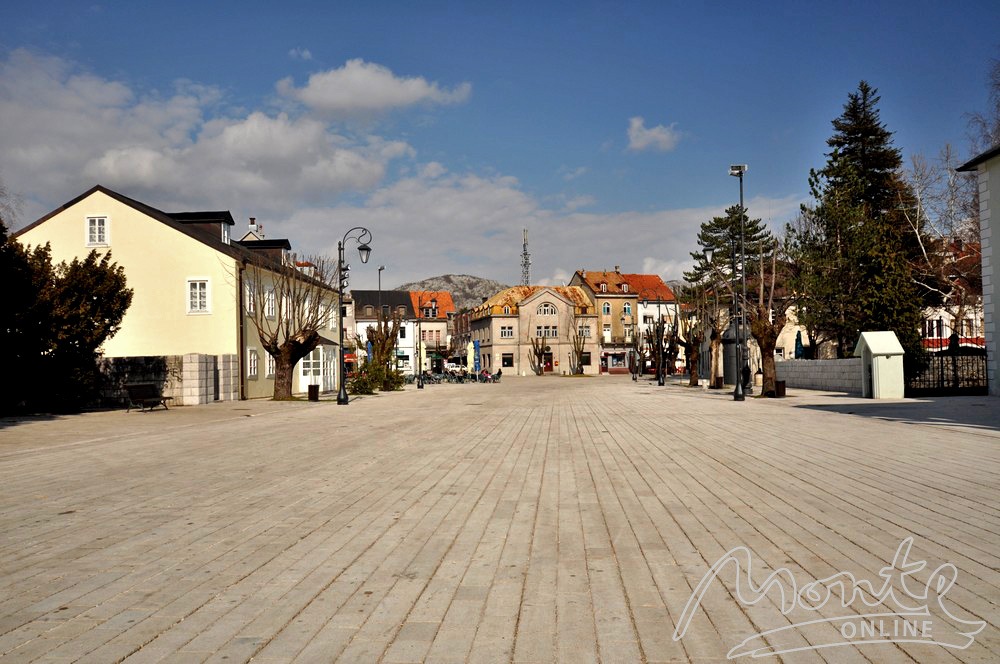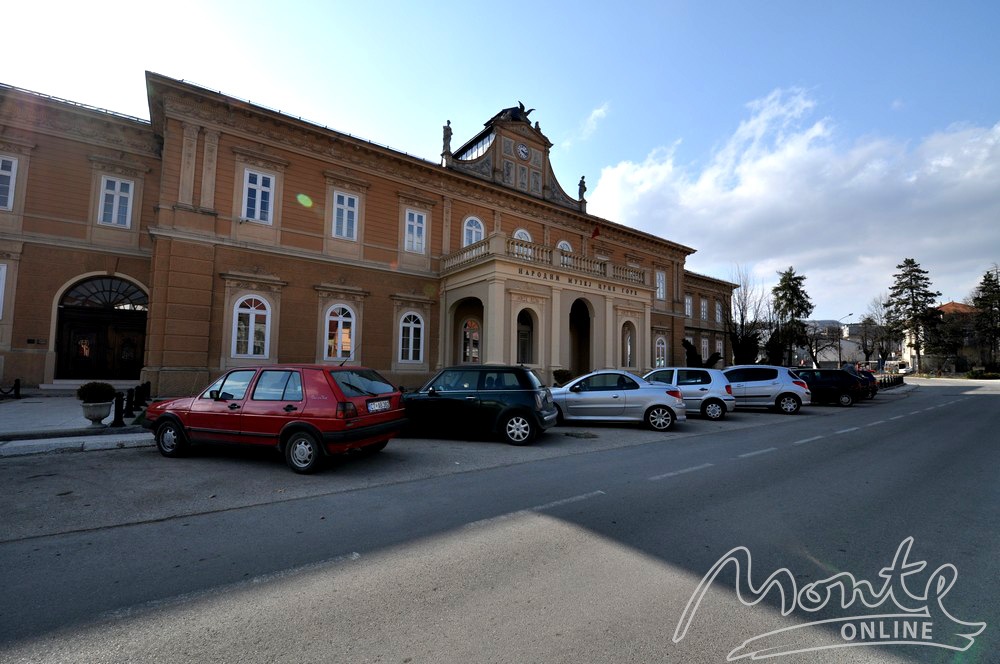Cetinje (see on Montenegro map) is the official capital of Montenegro. The administrative capital of Montenegro now, of course, is Podgorica, however, this was not always the case. In 1946, Joseph Brod Tito moved the capital to neighboring Podgorica (then Titograd). However, until now, every Montenegrin has an intuitive attachment to the small mountain town of Cetinje, which has been the capital for 500 years. Two roads lead to Cetinje: one from the coast, through the dizzying Kattaro stairs, and the second from the plain, through the city of Budva. Summers are dry and cool, and winters are snowy.
History of Cetinje
"The roof of Europe, not afraid of storms" - so said the Scottish traveler Mrs. Will Gordon ("A Woman in the Balkans") about Cetinje when she first appeared there in the early 20th century - "huge monsters of gray stone stretch row after row, as far as eye, as if here, in a fit of its violent fury, a giant snake froze, forming these majestic rocky chains and peaks.
And she didn't exaggerate. Beneath this majestic mass lies a city of toy houses, which with courage and fury for many centuries drove away all conquerors. To say that Montenegrins are warriors means to say nothing. However, Cetinje was not just a fortress: the Turks tried to capture it three times, but did not succeed. The first attempt was made in 1692, and then the city - at that time it was still a monastery - was destroyed by the Montenegrins themselves: when the Turks broke into Cetinje, they, not wanting to give up, blew up the powder magazine and died along with the invaders. The second time, in 1714, the Turks managed to burn the entire city to the ground, but the resistance of the Montenegrin tribes forced them to retreat. The Turks made a new attempt in 1785, but this time they failed to break the recalcitrant Montenegrins.
The spirit of this city in the heart of Montenegro is contagious. One Croatian who lives here told me this about the old-new Montenegrin flag: “You see, the wings of the Montenegrin eagle are raised, as a sign that we never surrendered to the Turks, while the wings of the Serbian eagle look down” .

Attractions Cetinje
The dusty streets of Cetinje, its crumbling mansions and abandoned gardens are haunted. This city had its own "beautiful era" - at a time when the Montenegrin prince became king, and his many daughters attracted admirers from the most magnificent courts of Europe. Here balls were announced and intrigues were woven.
In 1912, 11 foreign diplomatic missions were located in the city, and residences were specially built for half of them. All of these buildings can be seen today, except for the US embassy, which was destroyed by the 1979 earthquake. The site of the British embassy is now home to an academy of music. Nearby is the Russian embassy - in a purely St. Petersburg style, and the Italian embassy, in the unmistakable Adriatic style, with classical lines; now here is the city library. The Russian embassy now houses a thriving arts academy, and the Turkish embassy houses a theater school. A restaurant is housed in the former Bulgarian embassy. In the former French embassy, a particularly beautiful building whose size is almost grandiose, since 1949, the state security service was located for some time.

In the western part of the city, under the rocks, is located Cetinje Monastery.

The Cetinje Monastery has a very rich history. In the distant XV century, under the pressure of the Ottoman conquerors, the Montenegrins had to flee from the shores of Lake Skadar inland. Then Ivan Tsrnoevich, the ruler of Montenegro, founded a new capital in Cetinje. The city was actively upset, but later the ruler had to flee from the Turks and seek temporary refuge in Italy. In 1479, Ivan Tsrnoevich visited the famous pilgrimage church dedicated to the Virgin Mary in the city of Loretto. Standing on the hills of Loretto, he promised that if he managed to return to his native lands, he would build a monastery in honor of the Virgin Mary. And he kept his promise: in 1484 a monastery was built, consisting of a church under the patronage of the Virgin Mary, a chapel church dedicated to the Apostle Peter, as well as utility and residential premises.
The chapel of the monastery is said to contain the right hand of John the Baptist and a piece of wood from the cross on which Christ was crucified. The treasury of the monastery contains valuable historical relics: the baton and seal of Ivan Tsrnoevich, crowns and mitres of metropolitans, a wonderful collection of manuscripts. On a small elevation above the monastery there is a table - a tower on which the severed heads of the Turks were once exhibited as trophies.

Around the monastery, crocuses and snowdrops bloom in early spring, lining a bright patterned carpet that stands out against the backdrop of bare trees and last year's grass.

Next to the monastery is the fortified residence of Prince Peter II Petrovich-Njegosh, where his personal belongings are still kept, including the manuscript of the "Mountain Crown" (the museum is usually open from 9:00 to 17:00, admission costs about 3 euros).
It should also be noted Orlov Krs - Eagle cliff, which offers a view of the entire Cetinje.
If you look to the west, you will see the baroque contours of the old Government houses (Vladin's house), where the National Historical Museum and Art Gallery of Montenegro is now located.
The city center consists of two parallel streets, sheltered in the shade of lime trees. There are a lot of street cafes in which locals like to sit and watch what is happening on the street.
If you walk along East Street, you can see Church of Vlaška, which was built in 1450, even before Cetinje appeared. It was built by ordinary shepherds; to it they brought their flocks. There are two tombstones in front of the church; one of them is a Montenegrin robber who laid down his head protecting the Montenegrins from the Turks.
Other photos of Montenegro see our page at Facebook! Let's be friends!










